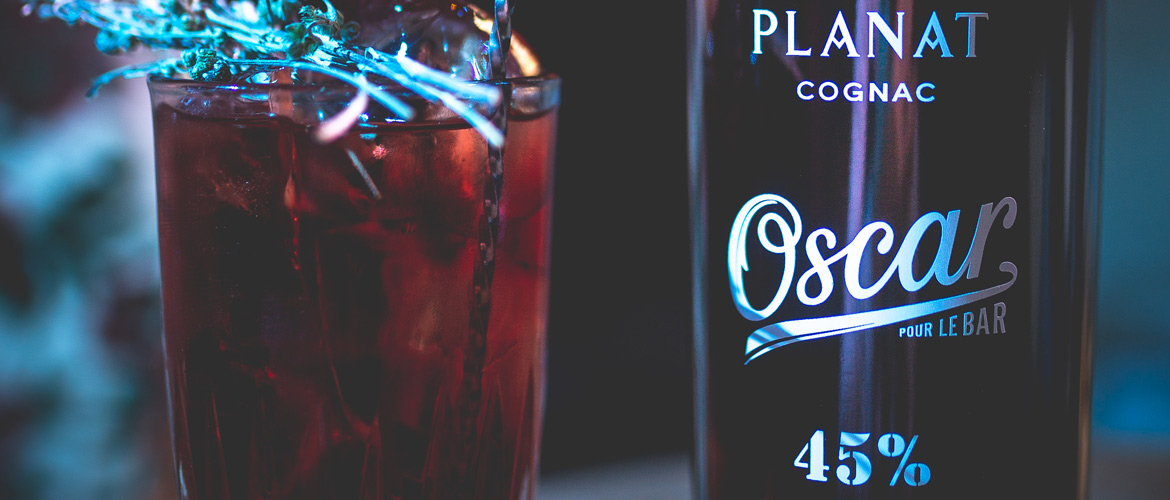The story of eaux-de-vie is a tale as old as time, with Cognac first arising around the 16th century as winemakers used distillation as a method of preservation for sailors on their long journeys. And for a while, Cognac was enjoyed in the same fashion as wine: neat, albeit it definitely carried a bit more of a kick to it! However, it didn’t take long for things to get a little bit more creative with Cognac, as the world recognized its versatility and potential – and aren’t we glad for that.
Join us as we take a journey through the history of Cognac in cocktails: from the first concoctions to the legendary mixologists who made them happen, from the most popular creations in the world to a Cognac house that is breaking new ground in the field of Cognac mixology. Sit back and enjoy, it’s going to be a boozy ride!
History of Cognac in Mixology
Mid-1600s
Contrary to the popular belief that mixology began in America, what we know as the cocktail today was initially inspired by British punches. The British punch consisted of a large bowl of spirits, mixed with fruit juices, spices, and other flavors. The concoction became incredibly popular in England in the 17th century after sailors ran out of beer and wine, and so invented punch as a way to dilute overpowering spirits for consumption.
The staple spirit of choice in punch was rum at the time, as Cognac was increasingly difficult to acquire in England due to the constant wars being waged against France and Spain, however there is evidence of brandy also being used as a punch spirit.
1806
Although mixology was birthed in England, it is true that the art of cocktail making was really first established in America. The word ‘cocktail’ first appeared on May 13th, 1806 in Balance and Columbian Repository, a weekly magazine published in Hudson, New York. The magazine defined a cocktail as “a stimulating drink made up of various types of liqueurs, sugar, water, and bitters.” At the time, liqueur referred to a distillate made from grapes, wine, or fruit, meaning a Brandy, Cognac, Spirit, or Grappa if in Italy.
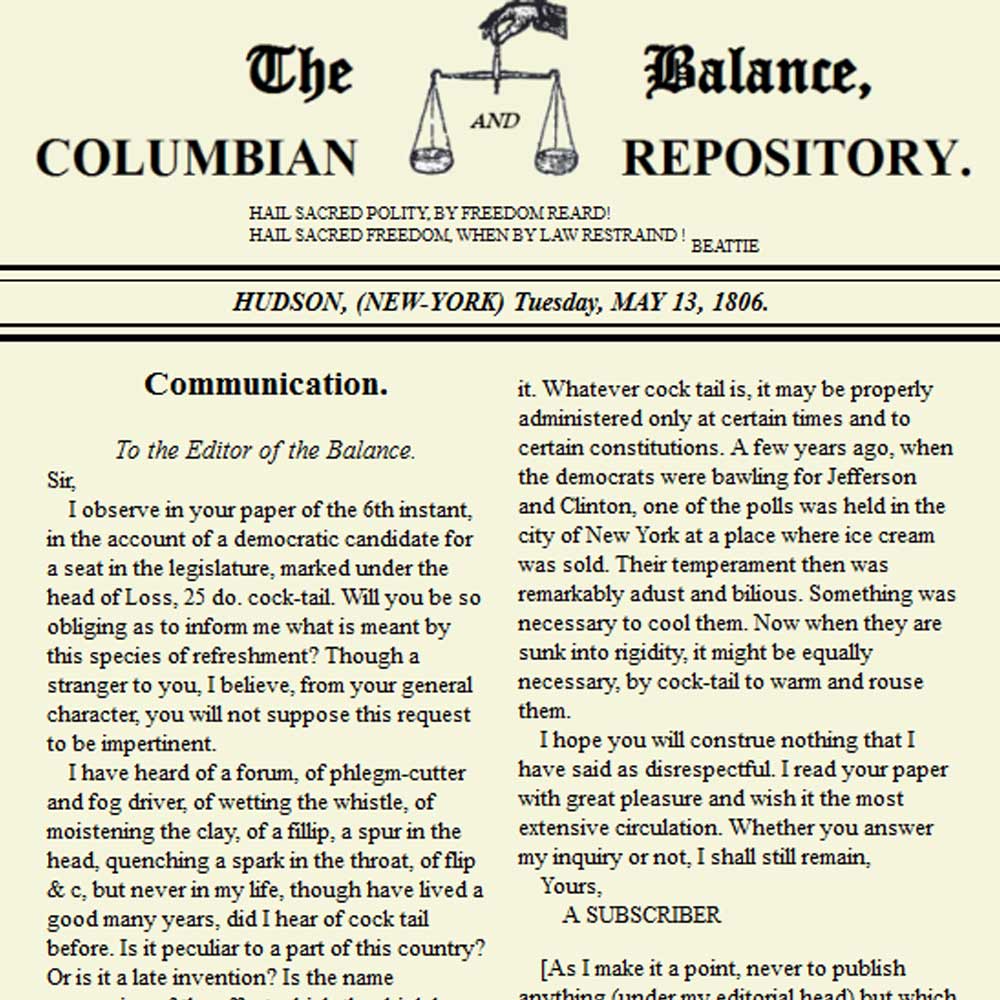
Important mixologists and concoctions
1838
The first famous Cognac cocktail was born thanks to an apothecary from New Orleans by the name of Antoine Amadie Peychaud and the cocktail was The Sazerac. As you may have guessed, Antoine Peychaud was the Peychaud of the well-known Peychaud bitters, the key ingredient of The Sazerac.
The Sazerac recipe came to be as Peychaud was mixing a drink for his friends, consisting of Cognac, water, a little sugar, and bitters that were made from an old family recipe he had brought with him from the West Indies. Peychaud would sell these aromatic bitters to his patients as a cure for many ailments, but he also recognized their benefits for adding flavor to his homemade drinks.
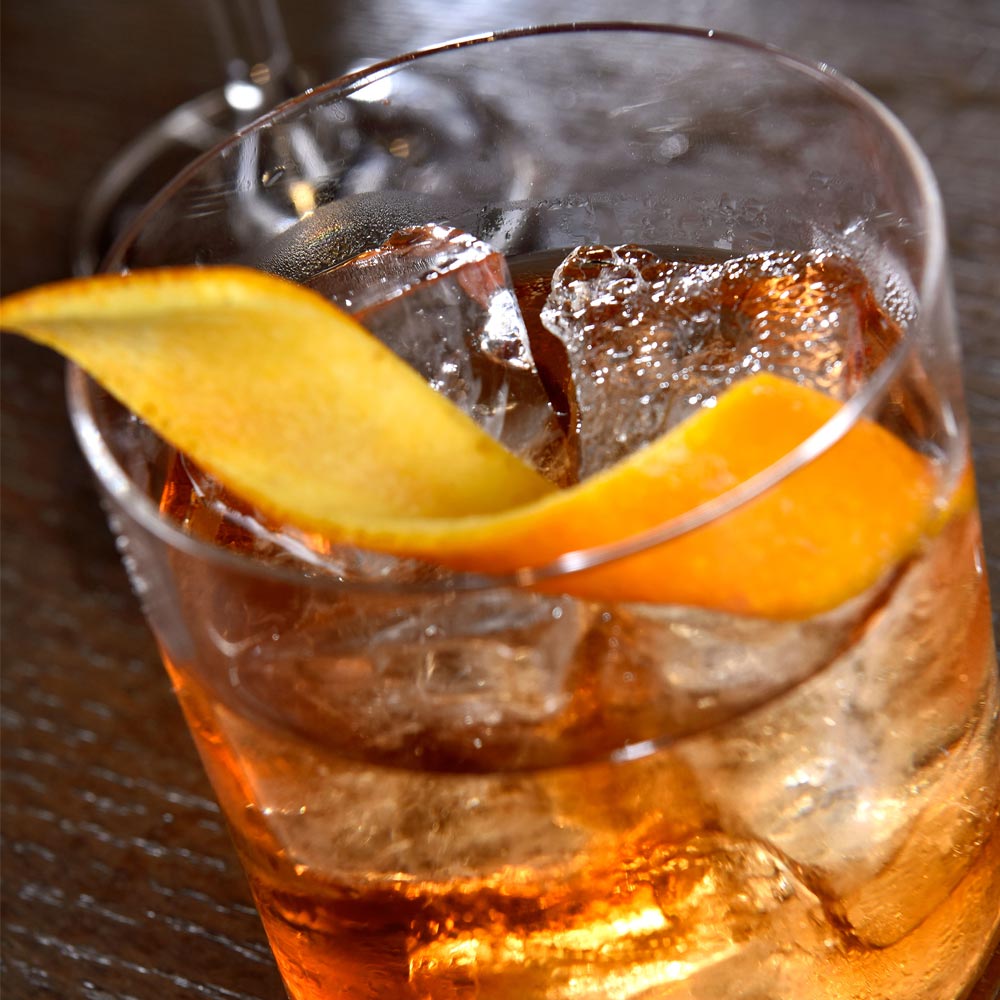
Peychaud’s drink recipe caught on and became incredibly popular across New Orleans, with multiple drinking establishments serving the concoction. One particular bar, the Merchants Exchange Coffee House, began serving it quite regularly. The bar was owned by a gentleman named Sewell Tayler, who was a big fan and importer of Sazerac de Forge & Fils, a popular Cognac which he used as the base for the beverage. Eventually, the bar was renamed Sazerac Coffee House and its most popular cocktail also took on the name, and so it became The Sazerac.
1862
It was not until the pioneering work of New Yorker, ‘Professor’ Jerry Thomas, that cocktails truly rose to fame. Jerry Thomas, who had previously been a sailor, gold prospector, and event organizer, went on to become a prolific bartender who traveled and worked all across America and Europe, collecting techniques and recipes, before publishing the first surviving cocktail recipe book: The Bar-Tender’s Guide or How to Mix Drinks.
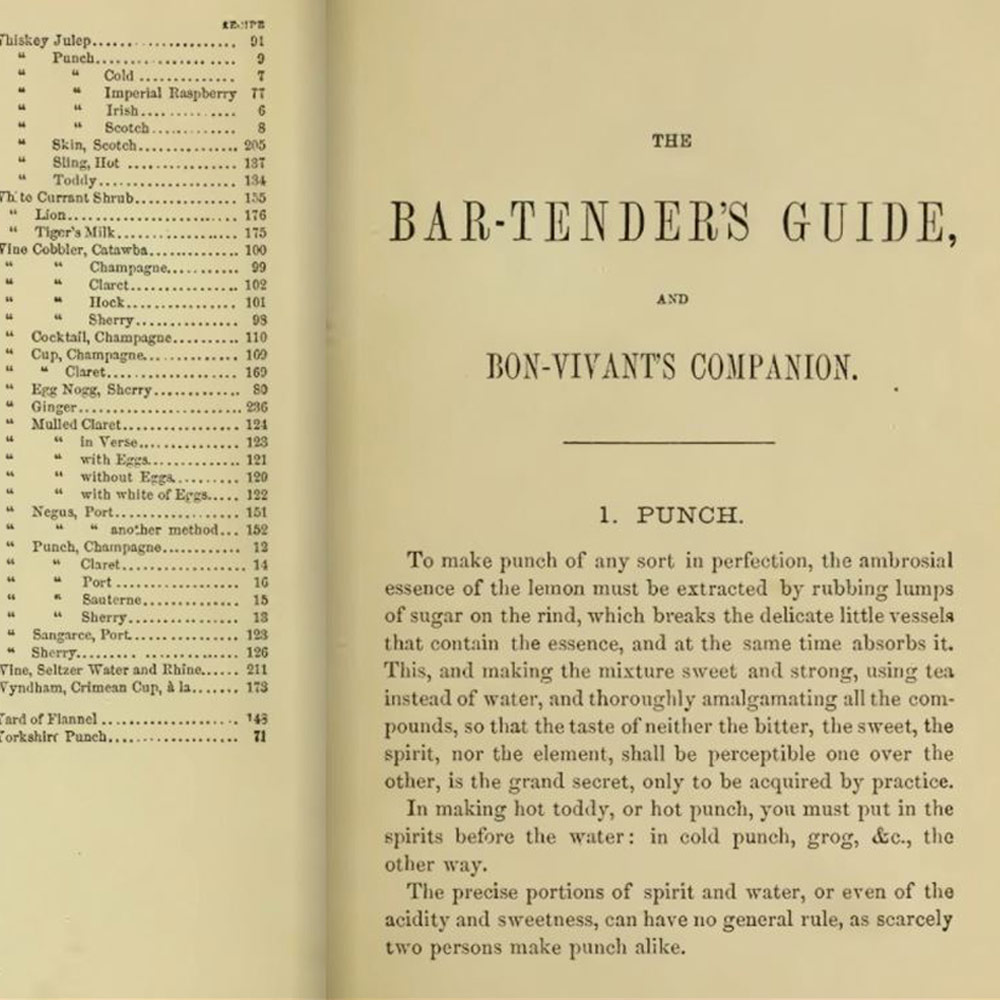
Prior to Jerry’s book, cocktail recipes were regarded as trade secrets, passed down in hushed tones from one bartender to another. The Bar-Tender’s Guide acted as the first substantial record of these secret formulas that became the cornerstone of mixology today, and nearly a third of the recipes featured in this groundbreaking book called for the use of Brandy or Cognac.
Brandy, and in particular, Cognac was extremely popular in America at this time, and although the majority of people view it as traditionally being a sipping liquor it was in fact primarily used in mixed drinks. The initial Cognac cocktails featured in Jerry’s book, and shortly after in Harry Johnson’s, another leader in the mixology world, were rather straightforward. In fact, it was in The Bar-Tender’s Guide, that the still popular Cognac cocktail, The Brandy Crusta, first featured, and this recipe is often regarded as the precursor to the world-renowned Sidecar cocktail.
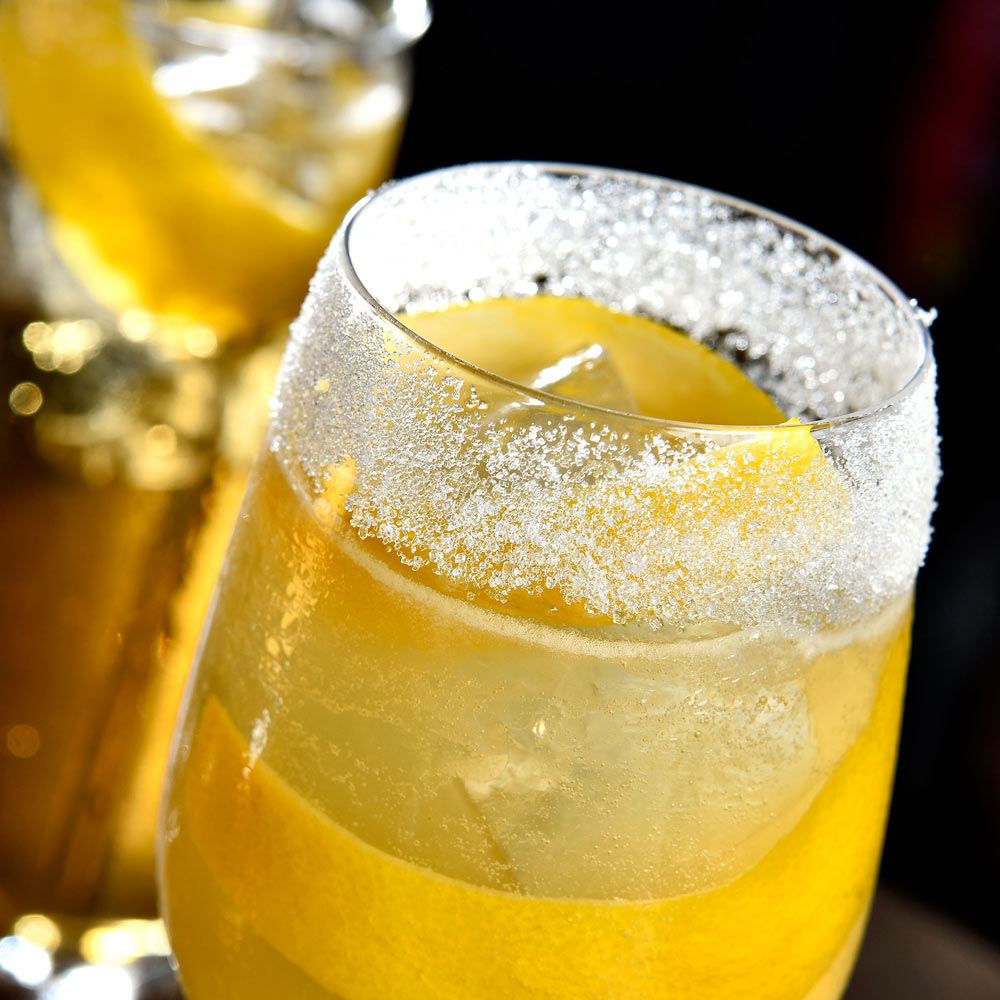
The Brandy Crusta is made up of Cognac, Triple Sec, sugar syrup, and lemon juice, and features a whole lemon peel and sugared rim for garnish. This recipe is in keeping with the trend of the time for cocktails which usually consisted of bitters, Curaçao, and gum syrup.
Early 1900s
The cocktail party was in full swing across America and in particular in the lively cities of New York, Chicago, Los Angeles, San Francisco, and New Orleans. By this point, the cocktails had evolved, becoming slightly more complex with the likes of the Cognac-based Stinger and Coffee cocktail being the poison of choice.
1920
The prohibition era arrived, and despite the hundreds of thousands of speakeasies that popped up, the festivities were somewhat dampened in the US with the consumption of spirits dropping by up to 50%. Yet ironically, rather than kill the cocktail, this attempt at teetotalism (complete abstinence from alcohol) in America only helped mixology become a global phenomenon, with the talented bartenders from the USA flocking to other countries, and in particular, Europe.
1922
It was in Europe that probably the most famous Cognac cocktail to date was created, the Sidecar. Although there are a few sources that claim credit for its conception, the first record of it appears to give recognition to Patrick McGarry of Buck’s Club in London. The recipe was first seen in Robert Vermiere’s book, Cocktails: How to mix them in which Vermiere wrote “This cocktail is very popular in France. It was first introduced in London by MacGarry, the celebrated bar-tender of Buck’s Club.”
Buck’s Club in London was a post-WW1 gentleman’s club with an American bar, meaning it served mixed drinks and cocktails. The clientele were primarily war veterans and the bar-tender Patrick McGarry was also a former soldier; the name of the cocktail, Sidecar, makes sense in this context as motorcycles and sidecars were often used during WW1.
1930
Harry Cradock publishes ‘The Savoy Cocktail Book’ a collection of 750 cocktail recipes that includes the iconic Corpse Reviver. The original recipe, known as Corpse Reviver #1, uses Cognac, calvados, brandy, and vermouth and Craddock recommends you drink one before 11 am.
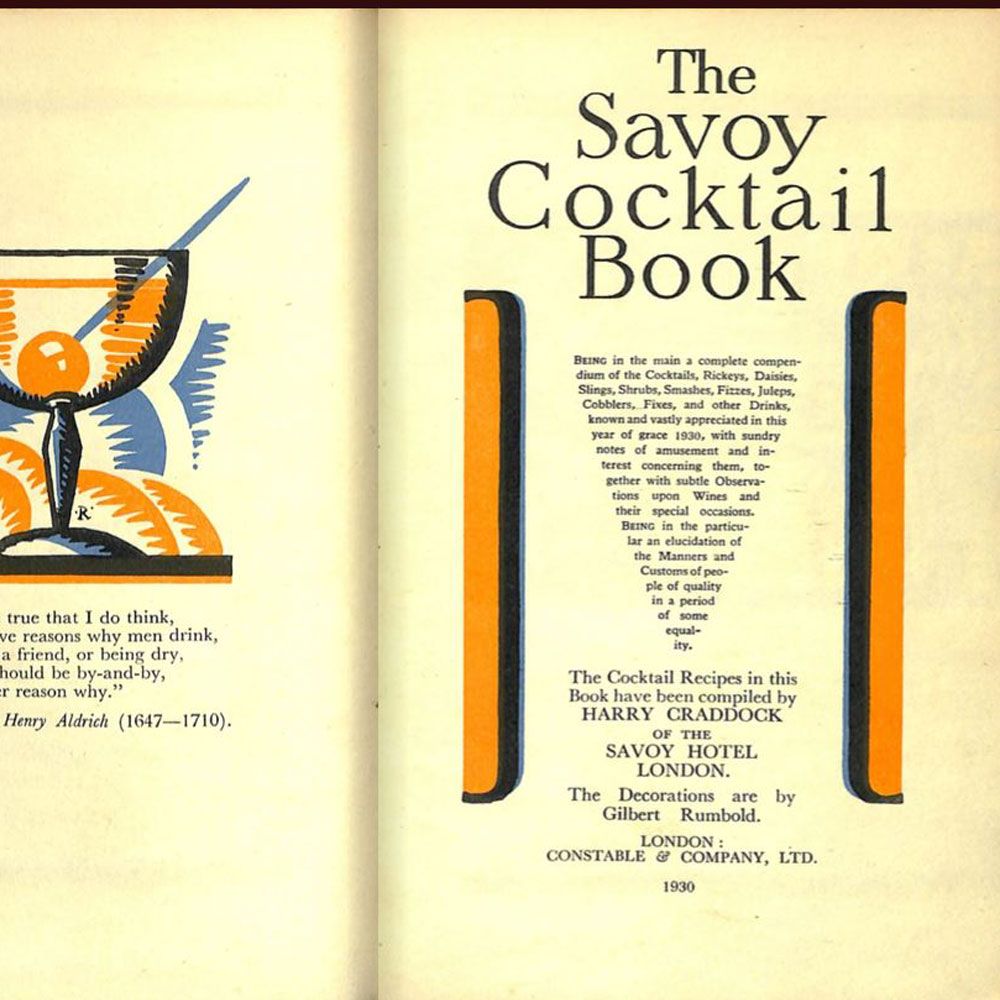
1948
The origin of the Sidecar cocktail, was later claimed in David A. Embury’s book, Fine Art of Mixing Drinks as being “invented by a friend of mine at a bar in Paris during World War I and was named after the motorcycle sidecar in which the good captain customarily was driven to and from the little bistro where the drink was born and christened.”
It is assumed that Embury is referring to Harry’s New York Bar in Paris and that his friend is Harry MacElhone, another legendary bar-tender from the era who wrote the book ABC of Cocktails. Harry, however, credits McGarry in the early editions of his book as being the creator of the Sidecar and so we believe it is Patrick McGarry who conceived the cocktail and MacElhone who popularized it at his bar in Paris.
There are two schools of thought when it comes to the original Sidecar recipe. Both Robert Vermiere and Harry MacElhone state that the Sidecar recipe is made up of equal parts Cognac, Cointreau, and lemon juice, which is deemed to belong to ‘the French school’, whereas the formula from The Savoy Cocktail Book in the 1930’s calls for two parts Cognac, one part Cointreau and one part lemon juice, which is said to belong to ‘the English school’.
2021
It is impressive to note that The Sazerac, Brandy Crusta, and Sidecar are all on the list of the 50 most popular cocktails in the world, as discovered from a sample conducted by Drinks International of the 100 best bars in the world and their best selling cocktails. These three classic cocktails are trumped, however, by The Corpse Reviver, which came in as the 16th most popular cocktail in the world.
The Cognac Lobby BNIC invented a cocktail
The BNIC is the Bureau National Interprofessionnel du Cognac, a coordination and decision-making body for the Cognac industry. Quite surprisingly, as the BNIC is assumed to be rather traditional in its approach to Cognac consumption, it was in fact one of the earlier promoters of enjoying Cognac as a long drink and has continued to support this idea. In fact, Jerome Durand, who became the Head of Marketing and Communications at the BNIC in 2005, found funds to bring the world’s sommeliers to Cognac to promote Cognac-based cocktails in 2008 and the BNIC even launched its own Cognac cocktail: The Summit.
The BNIC recognized early on that Cognac was enjoyed by many as a long drink. An inquiry into the French market in the late 1980s revealed that a quarter of Cognac drinkers enjoyed it with ice, and the same proportion in cocktails, despite the idea of Cognac being consumed in a long drink not being a widely held one at this point. The BNIC still promotes Cognac in a mixed drink or cocktail today, and has even gone to the extent of dodging the severe restrictions imposed on advertising alcohol in France resulting in an effective ban in some cases. One poster campaign posed the question ‘What sort of Cognac are you?’ and featured a Cognac neat, on the rocks, and with a mixer, which demonstrates the BNIC’s acceptance of the versatility of Cognac.
Planat’s Unorthodox Bartender Cognac Creation
In 1828 the house of Planat was founded by Abel Planat at the young age of 27. By 1858 Oscar Planat, inspired by his father’s entrepreneurial spirit, took over the family business and expanded its activity. After two centuries the Planat brand was given to the Soerlie and Nau families with the intention of re-engaging Planat with its original identity as an independent family company.
In 2021 Planat has collaborated with Adam Caron, brand ambassador and bar manager at ‘Les Marquises Bar and Restaurant’ in Bordeaux to produce its Bartenders range. The intention with this range was to create an innovative and unconventional bar Cognac that when used in mixed drinks would produce explosive concoctions. Adam Caron is known for his passion for botany and relentless creativity, so he was an obvious choice to help Planat produce its cocktail Cognac.
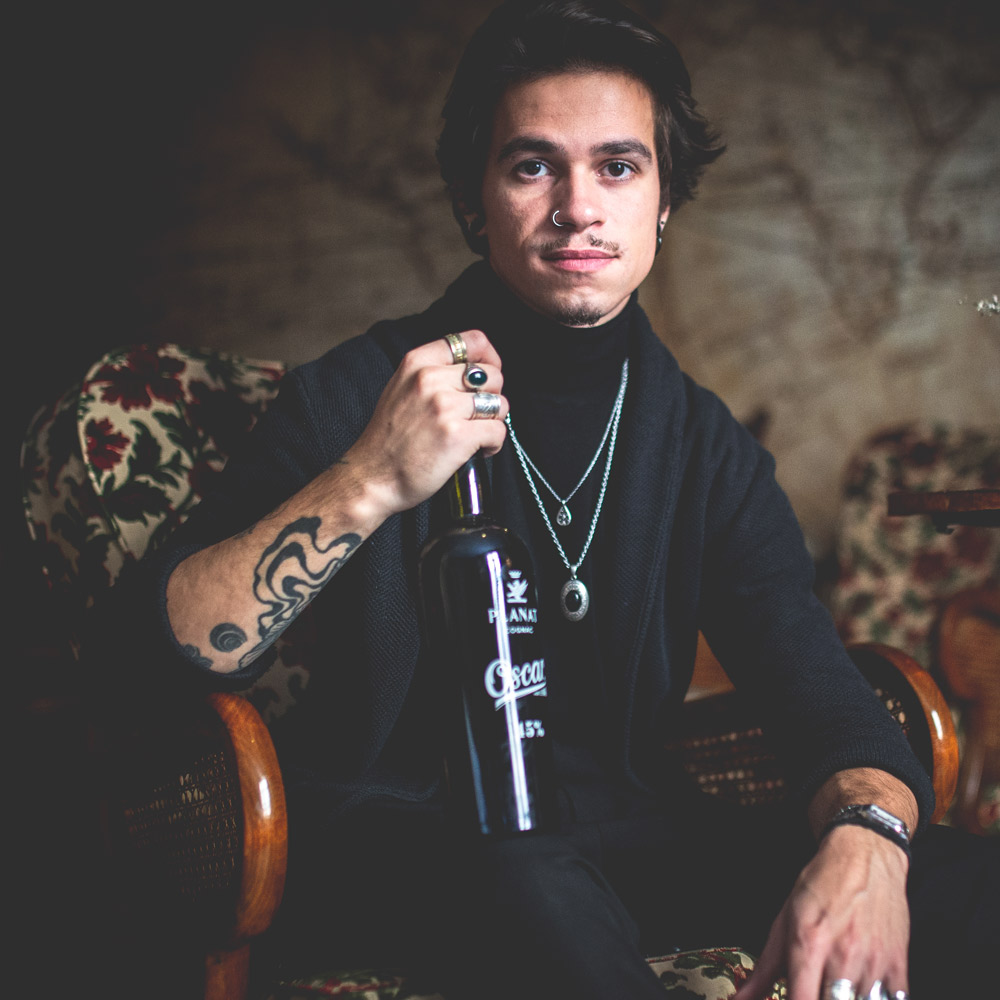
Adam was involved with selecting a cask strength eaux-de-vie with extremely aromatic qualities for the range. A cask strength Cognac refers to one that has not been significantly diluted and has a higher alcohol content, high proof Cognacs are better suited to cocktails as they offer better flavor delivery. The high ABV in combination with the potent aromas of these Cognacs make them the perfect base for any mixed drink.
As well as the Cognacs themselves, Adam also provided his input regarding the design of the bottles. Both Cognacs in the range feature a longer neck than usual to provide bartenders with better grip when pouring and performing bar bottle tricks. The jet-black design with bold white writing allows for bartenders to better identify the bottles when serving in dimly lit venues. Each of the bottles also have a capacity of 75cl, yet only contains 70cl of Cognac, another thoughtful element that aids the bartender in their pouring process.
Planat Overproof
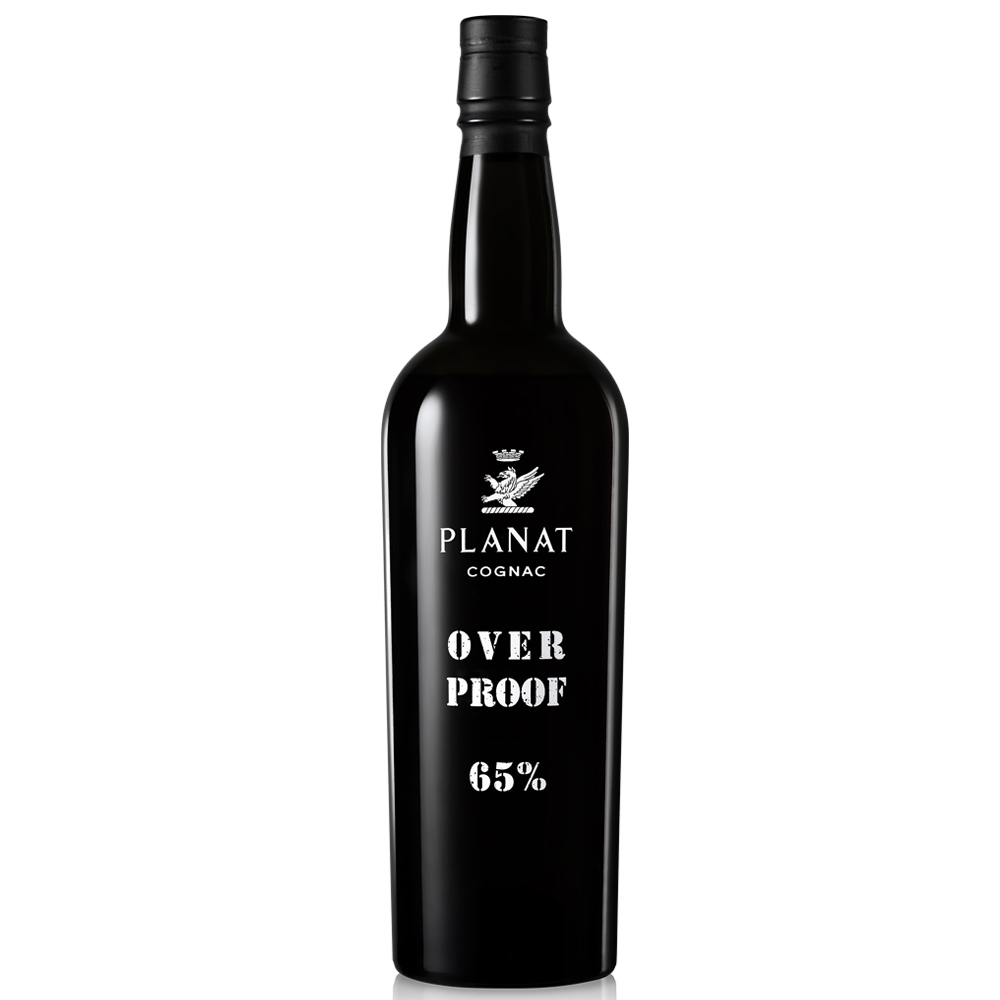
The first offering in Planat’s bartenders’ range is special, due to being among the first overproof Cognacs to be created. The 65% Overproof Planat Cognac was crafted to shake up the codes of Cognac by providing an innovative offer to bartenders, it provides an alternative to the popular trend of high proof rums and can be integrated into classic concoctions such as Tiki cocktails. Again, Adam Caron was involved in selecting the cask strength eaux-de-vie for this blend and the choice was a wise one, as this is a distinctive Cognac that presents a unique aromatic concentration that is so well suited to cocktails.
Crafted from eaux-de-vie from across multiple terroirs, the Overproof from Planat expresses intense and exotic aromas in combination with luxurious notes of pastry and bourbon vanilla. This Cognac also received a Gold Award at the 2021 Bartenders Spirits Awards and it is no surprise as this unconventional creation brings a whole new depth to its mixed drinks.
In keeping with the range, the Overproof comes presented in a glossy jet black bottle with minimalistic yet striking typography, a style that has been adopted to help bartenders identify the bottle behind the bar. Every element of this Cognac has been considered to suit mixologists, from the cask strength eaux-de-vie to the extended neck for pouring.
Purchase the Planat Overproof now on Cognac Expert.
A cocktail such as La Sumacade is the perfect concoction for a powerful and overproof Cognac such as Planat 65%, for this aromatic beverage you will need the following:
- Liqueur de Sumac vinaigrier on a base of Cognac Planat Overproof
- Verjus
- Tonic Archibald
- Poivre de cassis
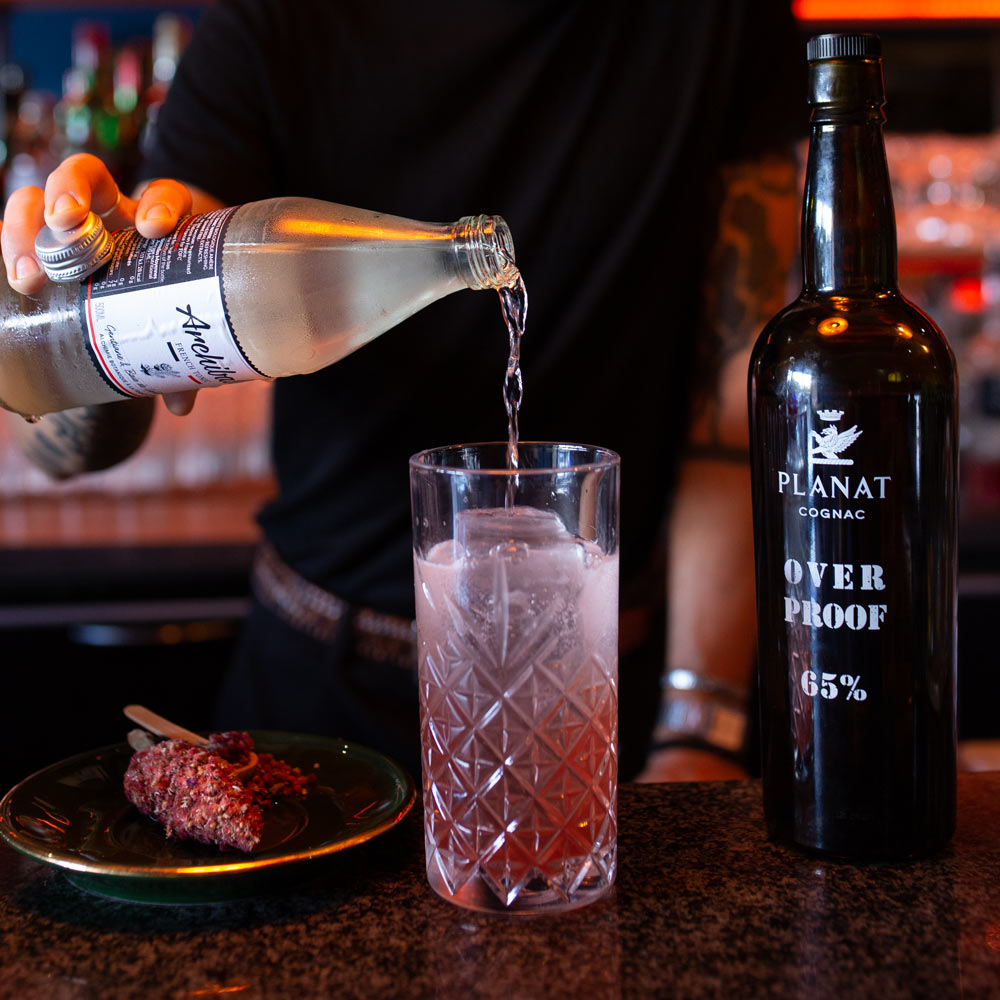
Tasting Notes of Overproof
Eye: Light straw color with flashes of gold and copper.
Nose: An indulgent first impression of exotic fruits: crystallized orange, grapefruit, and roasted pineapple with an underlying aroma of rose. The scents then evolve to present delectable notes of candy fruits and spices such as Timut pepper, mango, angelica and exotic wood. The aromatic finish is a vivacious one with persistent notes of Old Rhum and a pleasant, slightly metallic minerality.
Palate: A bold and unapologetic attack of exotic fruits in combination with vinous notes, flavors of pineapple, roasted mango, pandan and light umami dominate. The finish is full and round, with hints of light pastry, toasted oak and Bourbon vanilla.
Planat Oscar
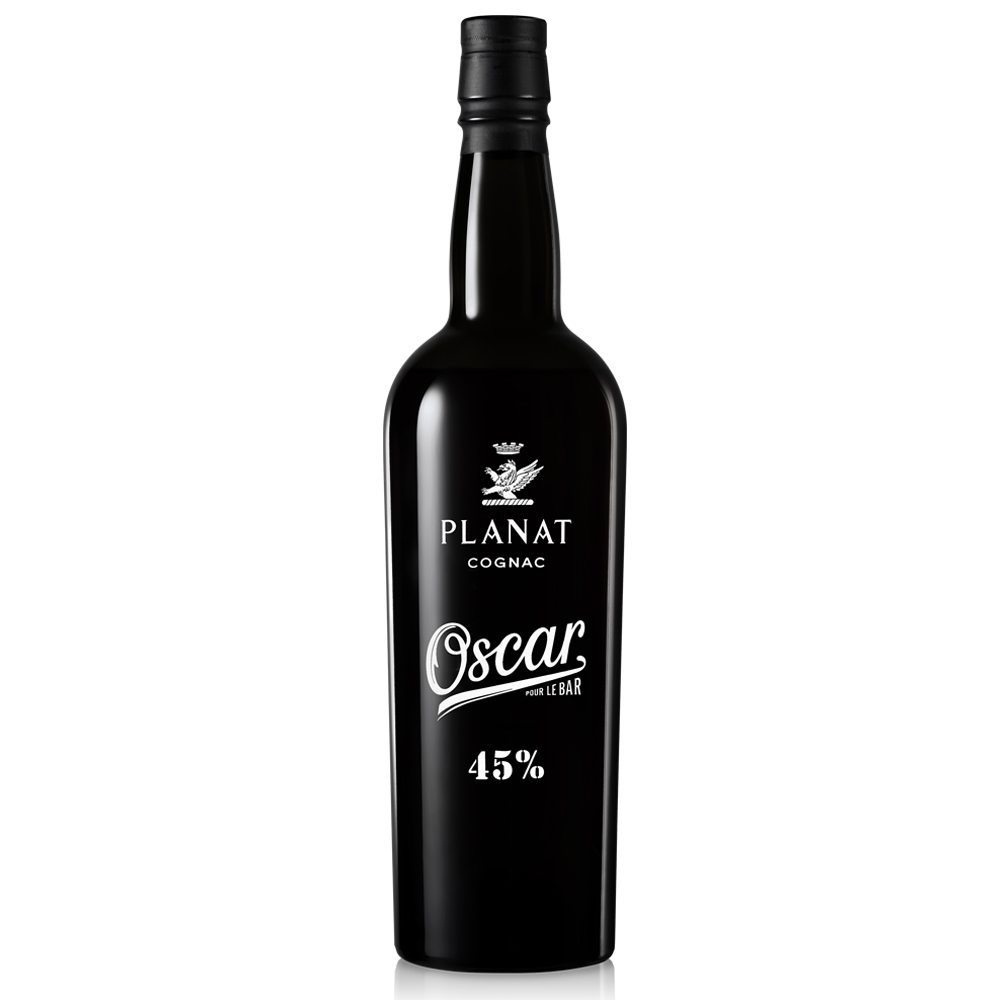
The little brother to the Overproof Cognac in the bartenders range from Planat is the Oscar Pour Le Bar Cognac, which was created in tribute to Oscar Planat, one of the founders of the Cognac House and also a talented Cellar Master.
As is the case with all of Planat’s Cognacs, the Oscar Pour Le Bar is made using only organic eaux-de-vie which have been meticulously chosen for their distinctive aromatic qualities. As the name suggests, this is a Cognac intended for the “back bar” as it provides bartenders and mixologists with a 45% pouring Cognac with compelling aromas that will enhance the more common cocktails.
The Oscar Pour Le Bar bottle is as slick as the eaux-de-vie kept within, opaque and jet black, it mysteriously conceals the Cognac until it is time to pour. The shape of the bottle is a classic cognacaise, but with a longer neck to provide a better grip when pouring and performing tricks. Featuring bold and stylish typography in dazzling white the design conveniently enables the bartenders to better identify the bottles when creating their concoctions. This trendy bottle oozes self-assurance from start to finish, and having received the Gold award at the 2021 Bartender Spirits Awards, we can see why.
Purchase the Planat Oscar pour le Bar now on Cognac Expert.
For this full-flavored Cognac, a cocktail such as the Geentanamera is ideal to enhance all of its exotic nuances. To create this drink you will need:
- Vermouth Dolin infused with eucalyptus
- Vétiver
- Fino Sherry
- Campari
- Cognac Planat Oscar
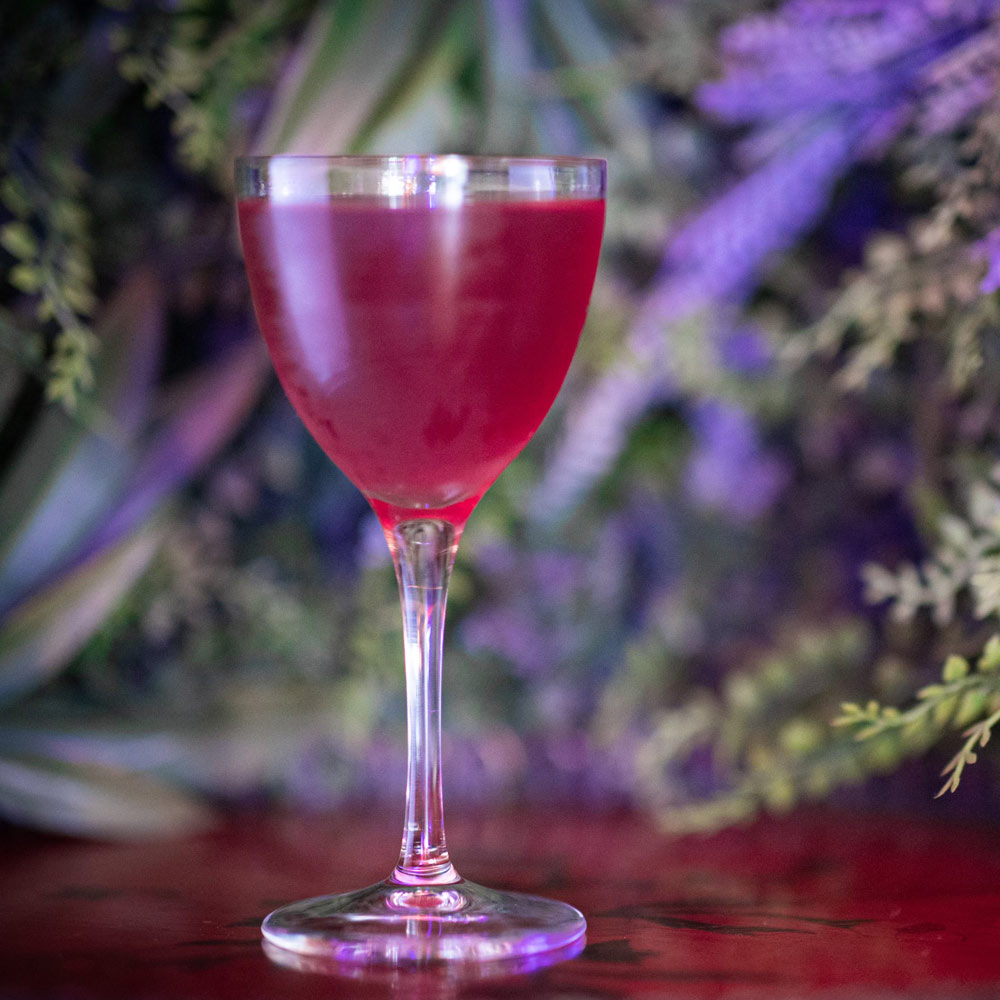
Tasting notes of Oscar pour le Bar
Eye: Pale yellow with streaks of amber.
Nose: Round and fruity; initial intense aromas of exotic fruits, pear, and sultanas greet the nose, these then evolve to deliver floral notes of white flower, rose, and cherry tree. A final layer of spicy and pastry scents appears with hints of Bourbon vanilla, toasted oak, brioche and a subtle smoky finish.
Palate: A full and complex palate that welcomes flavors of fresh grape, toasty oak, roasted pineapple and litchi, followed by notes of candy fruits, cinnamon, and Timut pepper. The finish is lingering and precise.
A Global Effort
The history of Cognac cocktails has taken us all over the world, with numerous countries contributing to the wealth of concoctions that we now all enjoy today. It is fascinating to see how many of the first Cognac cocktails are still standing strong as global favorites, and yet at the same time, the industry is forever innovating with the likes of Planat’s bartenders’ range and other brands’, such as Braastad, cocktail specific offerings. We have thoroughly enjoyed guiding you through this journey of eaux-de-vie and mixology, and we look forward to updating you as the world dreams up more wonderful Cognac creations for our consumption. In the meantime, check out our blog post detailing 30 Cognac cocktails from the Summit.
Cocktails created by: Adam Caron, brand ambassador and bar manager at Bar Les Marquises in Bordeaux; @adca_apothecarybrewing on Instagram
Photo credits: Antoine Ollier; @antoineollierphotographie on Instagram

